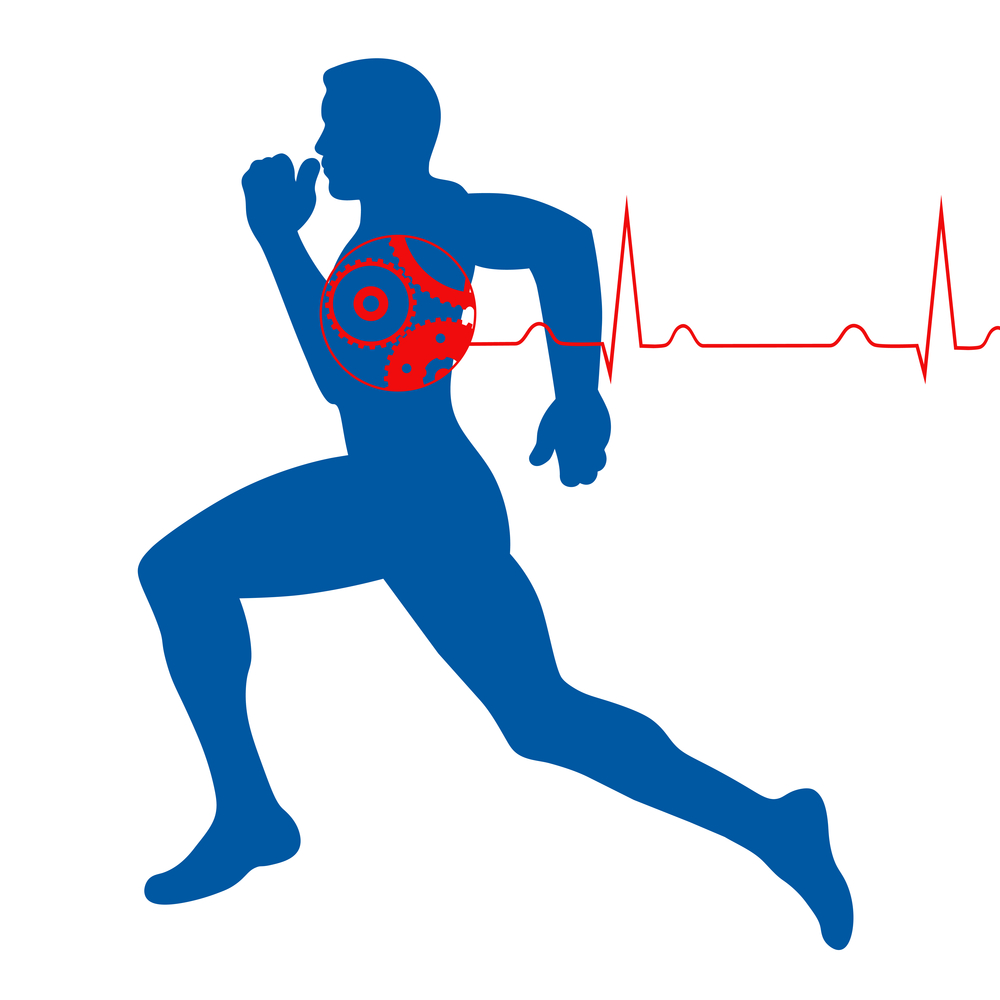Runners often find themselves at a crossroads when looking into heart rate training vs pace training for runners. Both methods offer distinct advantages and can be tailored to fit your fitness level and goals. Heart rate training focuses on maintaining a specific heart rate zone during exercise, optimizing your cardiovascular system and endurance. By training at varying intensities corresponding to heart rate zones, you can improve efficiency and recovery, ensuring that every run is at an exertion level that aligns with your training plan.

Conversely, pace training is a strategy that concentrates on attaining and sustaining a targeted speed. It’s designed around the concept that consistent pacing will help achieve desired race times and can be particularly effective for those focused on improving their speed and performance times. Tracking pace helps develop a sense of how fast you should be running in different segments of your workouts or races, shaping a runner’s understanding of their abilities and pushing their limits quantifiable. By focusing on maintaining specific paces, you push your body to adapt to running faster, which can be critical for race preparation.
Key Takeaways
- Heart rate training enhances cardiovascular efficiency and recovery by exercising at specific intensity levels.
- Pace training enables runners to build speed and consistently perform during races.
- Both methods should align with your fitness goals and can be integrated into your training plan for optimal results.
Quick Navigation
Basics of Heart Rate Training
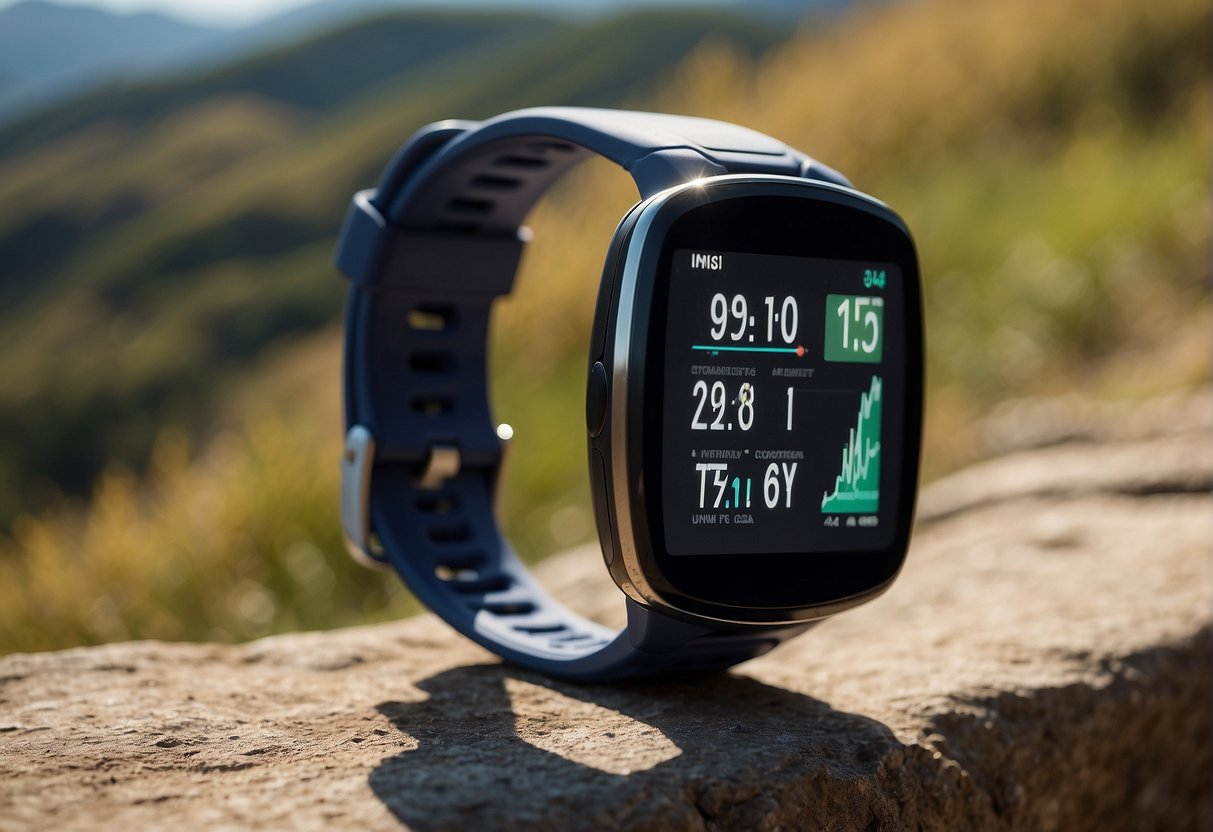
Heart rate training harnesses the power of your heart rate to guide workout intensity. This approach personalizes your training experience, maximizing efficiency and effectiveness.
Understanding Heart Rate Zones
Your heart rate zones are specific ranges representing different intensity levels during exercise. These are usually expressed as a percentage of your maximum heart rate (Max HR) and are divided as follows:
- Zone 1: 60 – 75% MHR – This low intensity zone helps improve aerobic capacity and endurance without putting too much stress on the body’s systems.
- Zone 2: 75-80% MHR – This moderate intensity zone helps build muscular strength and increases fat burning capabilities with minimal risk of injury or fatigue due to overexertion.
- Zone 3: 80 – 85% MHR – In this high intensity zone, athletes will experience increased cardiovascular fitness gains with greater amounts of energy expenditure than lower intensities require.
- Zone 4: 85-90% MHR – At this very high intensity level, athletes will see maximal gains in speed and power output but also face higher risks of overtraining injuries if they do not properly recover after workouts in this zone.
- Zone 5: Finally, there’s Zone 5 – 90+ % MHR – which should only be used sparingly by experienced athletes who have built up a strong base fitness level prior to attempting these extremely intense levels of exercise that could lead to burnout if done too often without proper recovery time afterwards.
Benefits of Heart-Rate Training
Training within your heart rate training zones can improve your aerobic capacity and enhance endurance. It allows for tailored workouts specific to your fitness level and goals. Tracking your heart rate can prevent overtraining and undertraining by showing you when to push harder or back off.
Calculating Your Max HR
A common formula to calculate your Max HR is 220 minus your age. However, this is an estimate, and real Max HR can vary. A controlled test with a heart rate monitor can achieve a more accurate measurement. This device can be a wrist-based system or a more accurate chest strap. Ensure you consider factors like your resting heart rate and note changes in your Max HR brought on by improved fitness. Once you’ve determined your Max HR, you can establish your target heart rate zone, which is the range you aim to hit during exercise to meet specific training goals, such as crossing the lactate threshold or the anaerobic threshold to build high-intensity performance.
Always listen to your body and adjust your zones as your fitness level changes.
Basics of Pace Training

When training for running, utilizing pace training involves consistent monitoring of the speed at which you run, enabling you to target specific pace zones and understand the benefits of training at different intensities.
Pace Zones and Their Role
Pace zones are defined ranges of speed catered to different aspects of fitness and racing goals. They help you tailor your workouts to train specific physiological systems and prepare for races with a strategic approach. For instance, an easy pace is comfortable and about 1-2 minutes slower than your goal race pace. You’ll maintain This relaxed speed during most of your runs to build mileage without overexerting your body.
In contrast, hard effort, typically called tempo runs, are conducted at a faster pace that borders on uncomfortable, designed to improve your lactate threshold and help you maintain speed over time. Faster paces are incorporated with intervals and sprints to develop speed and strength.
Advantages of Training By Pace
- Consistency: Training by pace allows for controlled and repeatable sessions, ensuring a balanced workout schedule.
- Clarity: By sticking to a specific pace, you can track improvements in speed and endurance over time.
- Precision: Workouts can be precisely targeted for race preparation, knowing exactly the pace zones you need to hit to meet your goals.
- Adaptability: You can adjust your pace based on how you feel on a given day, ensuring you train effectively, whether targeting a slower pace for recovery or a comfortable pace for long runs.
Implementing Heart Rate Training in Your Routine

Heart rate training can optimize your training session by ensuring you work in the correct intensity zones for your fitness level and goals.This method can help you distinguish between easy runs, tempo runs, and hard runs with precision.
Incorporating Different Zones
To effectively apply heart rate training, you need to understand and utilize the different heart rate zones. Zone 1 is typically for recovery runs, with a low heart rate. Zone 2 is often called the “fat-burning zone,” suitable for long and easy runs. Zone 3 starts to tap into your aerobic system more, which is ideal for a standard training run. Zone 4 is for more challenging sessions, such as a tempo run, where you push harder but not at your max. Lastly, Zone 5 is used for intervals and short, hard runs where you are running near your maximum heart rate.
- Zone 1: 60-75% of HR Max – Recovery
- Zone 2: 75-80% of HR Max – Easy
- Zone 3: 80-85% of HR Max – Aerobic
- Zone 4: 85-90% of HR Max – Threshold
- Zone 5: 90-100% of HR Max – Anaerobic
Using Heart Rate Monitors Effectively
To incorporate heart rate training into your routine, equip yourself with a reliable heart rate monitor. When using a heart rate monitor, ensure it’s properly calibrated to your specifics. During your runs, continuously monitor your heart rate to stay within the prescribed zones for each workout. Adjust your pace to maintain the target heart rate rather than reaching a specific pace, especially during long runs or when the workout dictates a lower intensity.
Adjusting For Fitness Levels and Goals
Your heart rate zones are individual and can change as your fitness level improves or your training goals evolve. New runners may find their heart rate zones are quite different from those of more experienced runners. This is due to the efficiency of the cardiovascular system and how well it can handle stress. It’s crucial to reassess your heart rate zones periodically, especially after a training block or when you start a new type of workout, to ensure you are training effectively and safely.
Implementing Pace Training in Your Routine
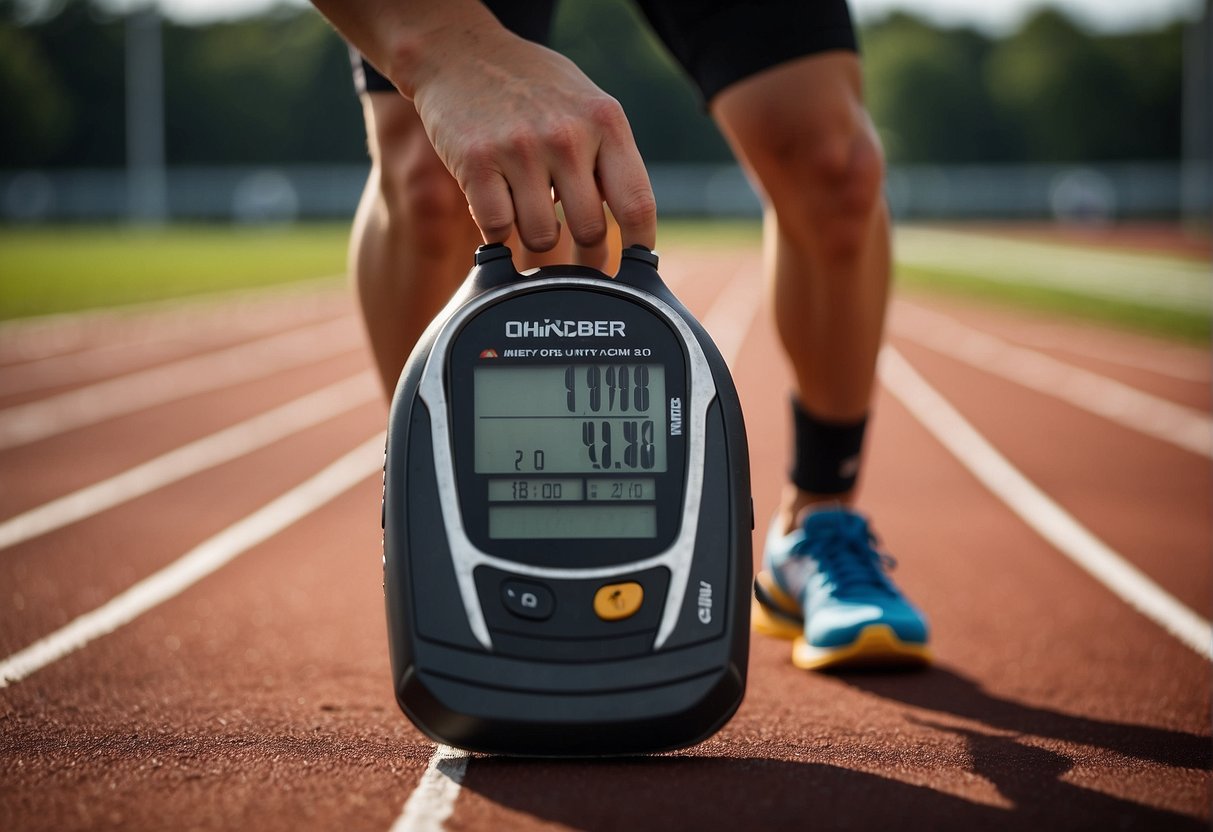
Incorporating pace training into your routine involves structured workouts, tracking progress, and adaptations for various running distances. This strategic approach allows you to measure improvement and adjust your training intensity for the most effective sessions- an easy day or a high-intensity run.
Structuring Workouts Around Pace
Your training program should clearly delineate between hard and easy days. On hard days, you’re aiming for maximum effort, typically at or above your usual race pace. For easy days, the focus shifts to recovery, with your pace reflecting a lower effort level – often substantially slower than your race pace. To manage this, base your workouts on specific pace targets, which can be formulated from past performances or predictive race times.
- Interval Workouts: Aim for short bursts at a pace faster than race speed, followed by recovery periods.
- Tempo Runs: Maintain a comfortably hard pace for a sustained period, usually 20-30 minutes.
- Long Runs: Aim for a consistent, manageable pace that can be maintained over longer distances.
Organizing your workouts with precise paces ensures that each run serves a purpose in your overall training plan.
Monitoring Improvement Through Pacing
Tracking how your pace correlates with average heart rate over time is essential for monitoring progression. This can be done in real time with a running watch that tracks both pace and heart rate. Notice how your body responds to different paces:
- On longer distances, a minor reduction in pace should lead to a noticeable decrease in heart rate.
- Evaluate how quickly you recover on easy days, as improvements here indicate enhanced endurance.
Observing these trends helps you fine-tune your effort level for both training and racing.
Pace Training for Different Distances
Pace training is not one-size-fits-all; it varies depending on the target distance:
- 5K to 10K: Incorporate more high-intensity, short-interval workouts.
- Half Marathon to Marathon: Focus on tempo runs and longer intervals to build endurance.
- Ultramarathons: Emphasize back-to-back long runs at varied paces to simulate race conditions.
By adapting your pacing strategy for the distance you’re targeting, you set the stage for optimal performance. Tailoring pace to the specific demands of your chosen event ensures that on a given day, whether at a race or during training, you’re prepared to run your best.
Heart Rate Training vs Pace Training for Runners
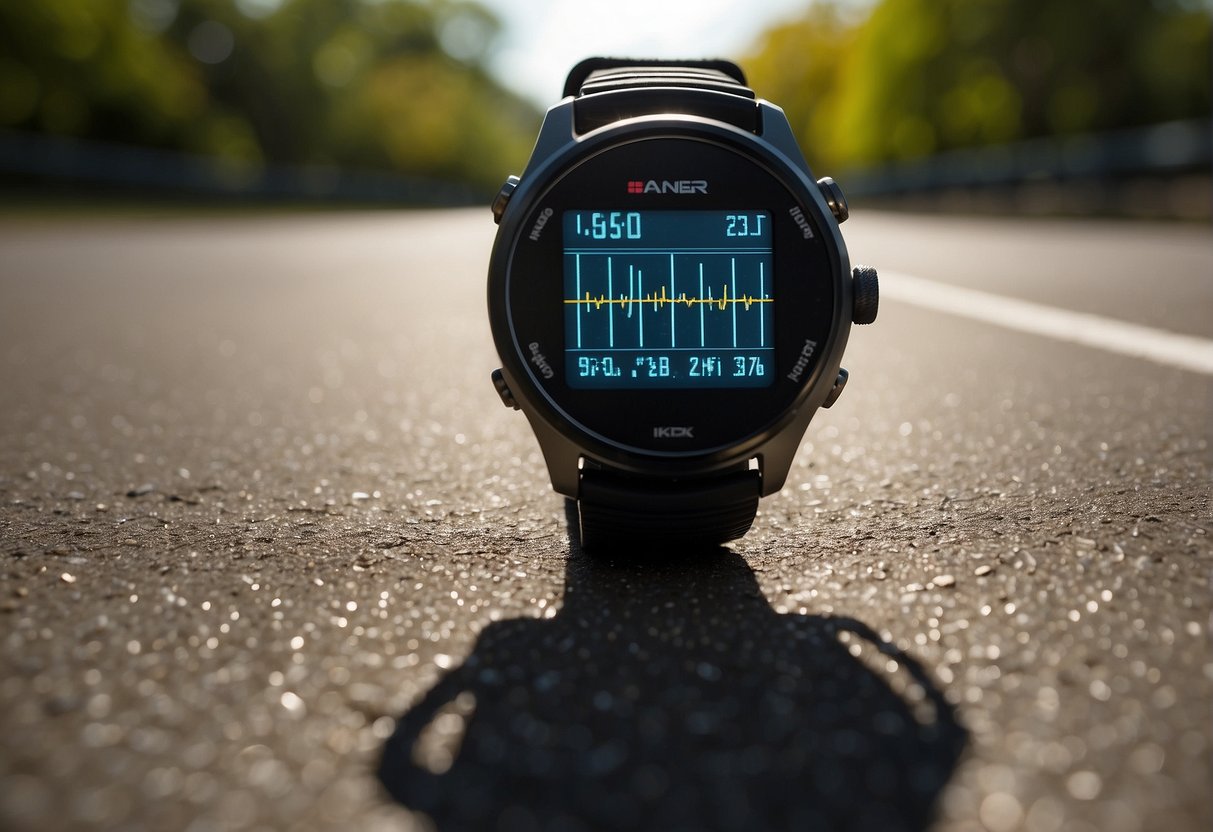
Understanding the distinct benefits and applications of heart rate and pace training is essential when assessing training methods. This will help you optimize your running regimen.
Key Differences and When to Use Each
Heart rate training involves monitoring your beats per minute to regulate training intensity. It’s a good idea to focus on heart rate training if you’re building your aerobic base or seeking to train without overstepping your desired intensity, which can help reduce the risk of injury. This method is especially useful for easier runs, where maintaining a low heart rate allows you to stay in the aerobic zone and burn fat more effectively.
- Benefits of heart rate training include:
- Personalized intensity levels
- Prevention of overtraining
- Enhanced aerobic capacity
On the other hand, pace training is oriented around the speed of your runs, measured by time per unit distance (e.g., minutes per mile). It’s ideal for elite athletes or those preparing for races who consistently need to hit faster paces under different race conditions. This method works well for hard workouts and fast runs, helping you push the envelope when it’s time to lay out effort.
- When to opt for pace training:
- Specific race pace goals
- Accurate feedback on performance
- Hard workouts where you aim to simulate race day intensity
Combining Heart Rate and Pace Strategies
Integrating heart rate and pace strategies can bring the best of both worlds to your training routine. For instance, using pace guidelines from a running coach for fast runs, and coupling it with heart rate monitoring to ensure you’re not exerting too much effort on a given run, can lead to a more efficient training cycle. This balanced approach enables you to fine-tune your out effort based on the type of run—whether you’re after speed development or endurance.
A practical approach might look like:
- Heart-rate training for building endurance and recovery runs
- Pace training for interval sessions and tempo runs to meet performance targets
By utilizing heart rate zone training to gauge your body’s response to different paces, you can personalize your training plan to suit your physiological state and training objectives better.
Advanced Training Considerations
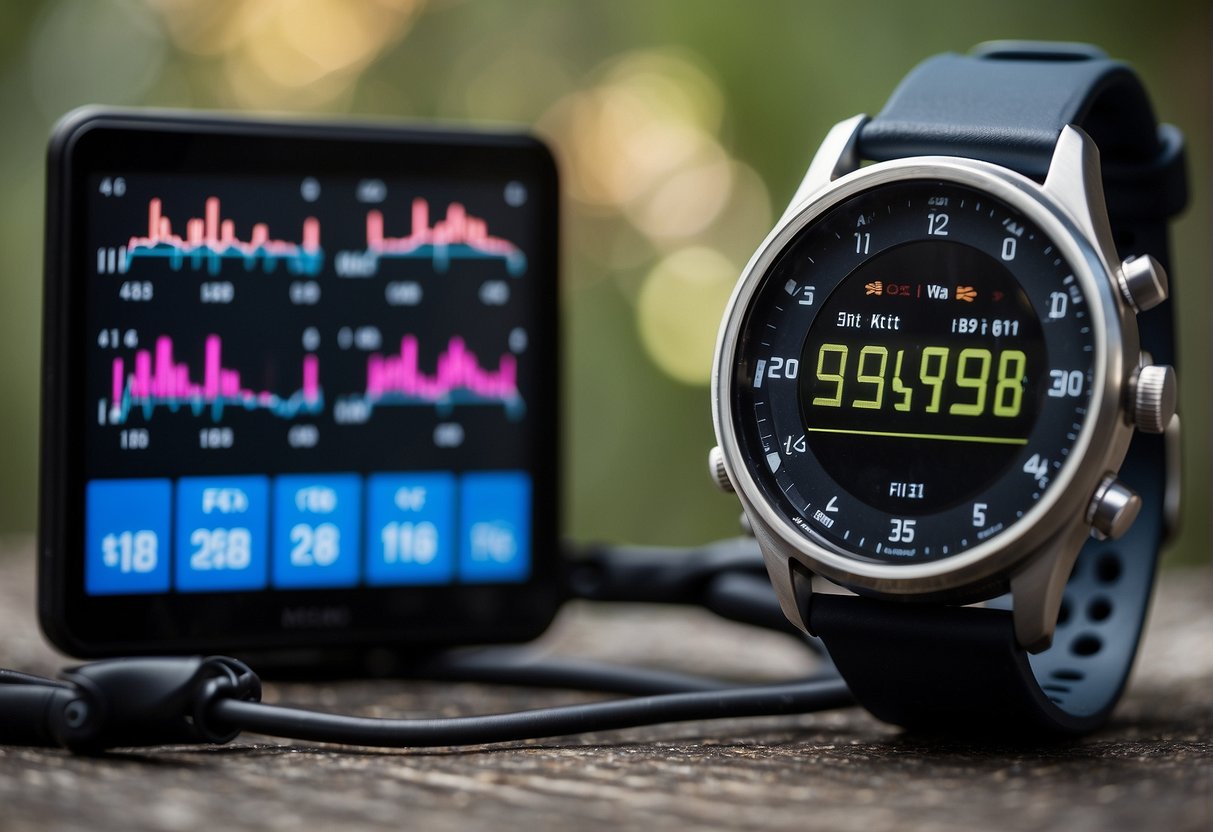
In advancing your running training, whether you’re focusing on heart rate or pace, there are pivotal elements you should consider that can profoundly impact your performance. By honing in on these specifics, you can optimize your training regimen.
Adjusting for External Factors
When planning your training runs, you must account for external factors such as higher elevation, affecting your heart rate and lactate levels. For instance, the cardiovascular system has to work harder at higher altitudes due to lower oxygen levels, which could skew your heart rate data. Therefore, adjusting your training intensities might be necessary to ensure you’re not overtraining or undertraining.
- Temperature and Humidity: Heat can increase heart rate and cause quicker accumulation of lactic acid, changing your recovery pace or effort level.
- Stress and Fatigue: Heart rate variability can indicate stress levels; daily fluctuations can inform you to adjust your intensity or rest.
Periodization and Training Cycles
A well-structured training plan employs periodization, dividing your program into phases focusing on different fitness aspects. It should include cycles of speed work, low intensity endurance efforts, and short intervals that will gradually build your aerobic fitness.
- Base Building: Emphasizes developing your aerobic system with steady, low intensity runs.
- Build Phase: Integrates more intense sessions targeting heart rate reserve and pushing closer to lactate threshold.
- Tapering: Reduces volume pre-event like a half marathon, allowing for recovery and peak performance.
The Role of Recovery in Training
Recovery is critical to making fitness gains. It’s not just about the time trial or hard sessions; the low intensity days contribute significantly to improvements.
- Active Recovery: Easy efforts such as a recovery pace run allow the working muscles to flush out lactic acid without placing undue stress on the cardiovascular system.
- Passive Recovery: Complete rest or non-impact activities give your body time to repair and adapt.
Consider incorporating a daily basis approach to recovery: by actively monitoring your heart rate variability, you can determine if your body is ready for more stress or if it needs more rest. The treadmill stress test or fields test can be a great way to gauge your aerobic fitness levels and find your highest heart rate or upper limit to tailor your training accordingly. Being attuned to your body’s responses to workouts is the only way to become a better runner.
Conclusion

When deciding between heart rate training vs pace training for runners, it’s essential to consider your personal goals, current fitness level, and how your body responds to different training methods. If your aim is to enhance cardiovascular fitness and minimize the risk of overtraining, heart rate training could be the better choice. This approach offers a tailored training regimen that accounts for daily fluctuations in your fitness and stress levels, making it a more personalized way to achieve your running objectives.
On the other hand, if you aim to increase your speed and work towards a time-specific goal, pace training can give you that edge. It’s particularly beneficial if you’ve been engaged in physical activity for a long time and have a good grasp of your abilities.
Pace training can offer the following benefits:
- Direct feedback on your speed performance
- Ability to set clear and precise training paces
It’s important to note that neither method is superior overall—it’s about what works for you and your running journey. Mixing both methods might even prove to be beneficial. Implement heart rate training when you need to pull back a little bit to prevent burnout and incorporate pace training as you near a race to ensure your speed is on track.
Incorporating either training methodology delivers good health news, promoting consistent and structured physical activity that adapts to your evolving fitness needs. Confidently experiment with both to discover which method enhances your running experience the most.
Appendix: Practical Tips for Runners
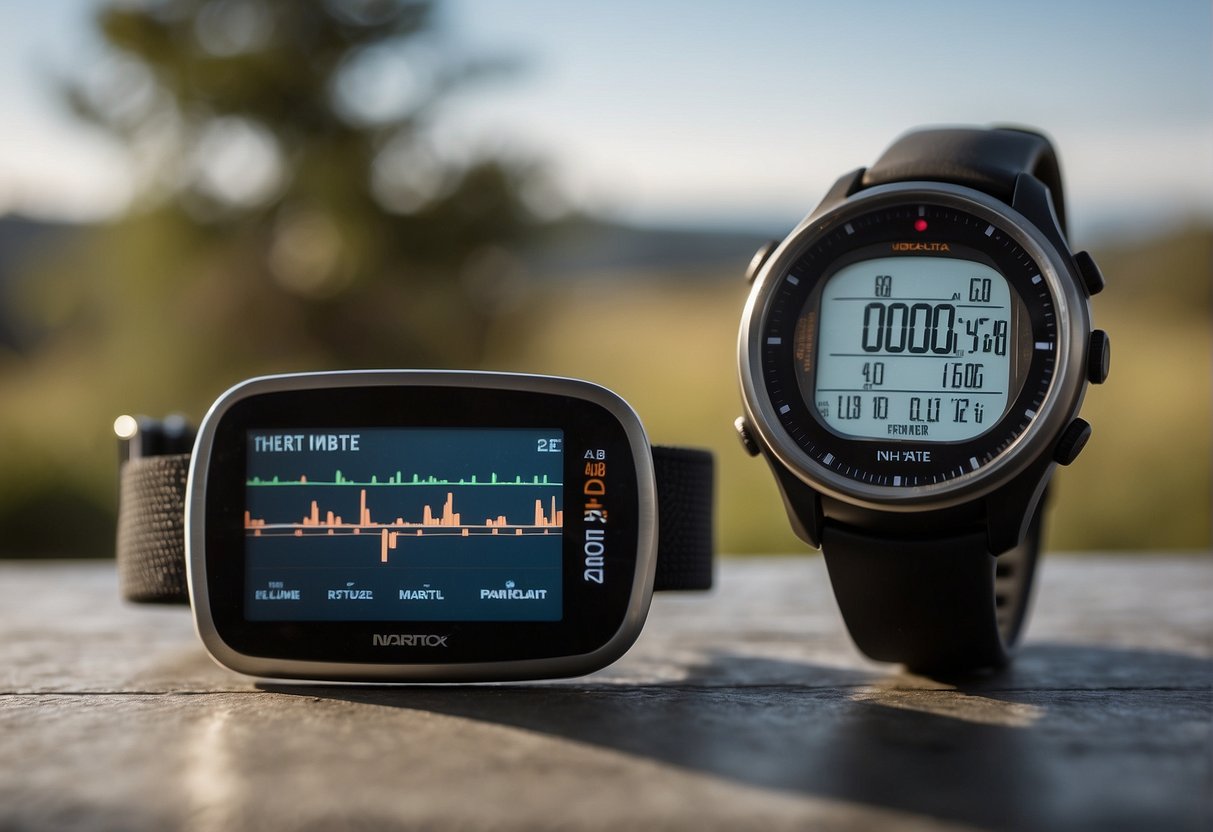
To effectively employ heart rate and pace training, it’s essential to understand how they function in your regimen. These tips can enhance both your easy and hard days of training.
Heart Rate Training in Practice
Know Your Maximal Heart Rate: Before you begin heart rate training, calculate your maximal heart rate. A common formula is 220 minus your age, but consider a lab test or field test for a more personalized number. Aim to maintain 60-75% of your maximal heart rate on easy days to promote recovery and endurance building. Target 85-90% for hard days to increase your cardiovascular fitness.
Use a Heart Rate Monitor: Wearing a heart rate monitor can provide real-time feedback. Learn to adjust your effort, especially on varied terrains or under different weather conditions where perceived exertion may not align with your actual heart rate.
Pace Training in Practice
Establish Pace Zones: Determine your pace zones based on recent race times or time trials. Your easy day paces should be significantly slower than your goal race pace, allowing for recovery and mileage accumulation. On hard days, tailor your speed to work at or above your desired race pace, aligning with specific workout objectives like tempo runs or intervals.
Adjust as Necessary: Your pace may fluctuate based on external factors like elevation changes and weather. Stay adaptable and prioritize maintaining the correct effort level, even if it means deviating from the planned pace.

